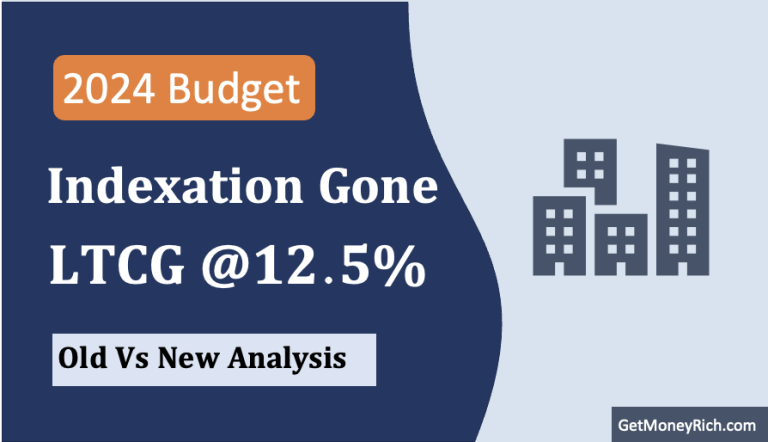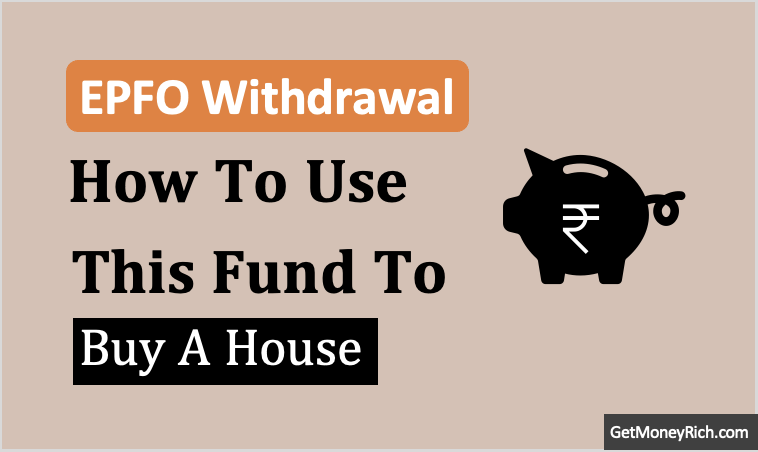Summary Points:
- RR rates are the government’s minimum property value benchmarks, recently hiked by 4.39% on average from April 1, 2025.
- They determine stamp duty and registration fees, ensuring the state doesn’t lose tax revenue to cash deals.
- Registration must reflect the higher of RR or actual price – e.g., Rs 55 lakh for a Thane flat, even if bought for Rs 50 lakh.
- Rates vary by area: Mumbai (3.39%), Solapur (10.17%), Pune (6.8%), with updates accessible via IGR Maharashtra’s portal.
- The government tweaks them yearly to match market trends, aiming for revenue (Rs 57,422 crore in 2024-25) while planning GIS tech for 2026.
Introduction
You might’ve heard the news about “ready reckoner rates” going up in Maharashtra (read here). Maybe you’re wondering, “What’s a ready reckoner rate? How does it even affect me?” If you are now clear about its basics, I’m here to clarify it all for you. I’ve dug into this topic to make sense of it and explain the concept of ready reckoner in a simple language for everyone to understand.
What Are Ready Reckoner Rates?
Suppose you’re buying a flat in Mumbai or a plot in Pune. You’ve saved up, negotiated a fantastic rate with the seller, and finally shaken hands on a deal. But then, the government steps in with a number, a “minimum price they think your property is worth.” That’s your ready reckoner rate, or RR rate for short.
Ready reckoner it’s a benchmark the state government sets for every area within a city. It can be from the posh lanes of South Mumbai to the quiet villages of Solapur. You can consider it as the government’s way of saying, “This is what we reckon your property should cost, at least for our records.”
Now, is it a tool for the government?
It definitely is. How? It’s their way to keep track of property values and, more importantly, to make sure they don’t lose out on revenue. Because here’s the thing, these rates aren’t just random guesses. They’re tied to something we all dread a little, taxes.
Why Do These Rates Even Exist?
Let’s get to the purpose of the ready reckoner (RR) rate.
RR rates are like the backbone of stamp duty and registration fees. What are these? They are your extra costs you have to pay when you buy a house or land.
The government uses the RR rate or the actual price you paid (whichever is higher) to calculate how much you owe them.
For example, say you bought a flat in Thane for Rs 50 lakh. But the RR rate says it’s worth Rs 50 lakh. Guess what? You’re paying stamp duty on Rs 55 lakh. Now, suppose you want to register the flat at Rs.50 but you agree to pay the stamp-duty and registration on Rs.55 lakhs, Means, is it allowed to declare the cost of flat (in registration papers) lower than the Ready Reckoner Rate?
No, you can’t register the flat at Rs 50 lakh if the RR rate is Rs 55 lakh. So, even if you and the seller agree on Rs 50 lakh, the paperwork will reflect Rs 55 lakh for tax purposes. But why the government is so strict on the ready reckoner rates?
The answer is hidden in the term “cash component.” Plenty of buyers and sellers deal in cash under the table to show a lower price, buyers dodge income tax, sellers cut stamp duty. It’s a game, and the RR rate is the government’s way of plugging that leak. By setting a minimum value, they ensure they don’t lose out on revenue. Even if folks try to play smart with cash.
But we must also understand that, the ready reckoner rule is less about trust and more about keeping the tax net tight.
When ready reckoner rates are in place, a majority will not underreport the property values to dodge taxes.
Plus, it also helps the government to collect more taxes. Maharashtra alone collected Rs 50,000 crore in revenue from stamp duty and registration alone.
How Do Ready Reckoner Rates Actually Work?
Imagine RR rates as a giant map of prices.
Say, every year, the government sits down, looks at market trends, and decides these rates for every city, town, and even mohalla.
In Maharashtra, they just hiked them by an average of 4.39% starting April 1, 2025. But it’s not the same everywhere. Mumbai got a gentle nudge of 3.39%, while Solapur got hit with a whopping 10.17%. Thane’s at 7.72%, Pune’s at 6.8%, and rural areas got a softer 3.7%.
It’s how the government tweaks rates based on how hot or cool a place is for real estate.
Once these rates are set, they’re locked in for the financial year.
When you register your property, the sub-registrar pulls up the RR rate for your area and does the math. Higher RR rate? Higher stamp duty.
How Can You Find Out These Rates?
The Maharashtra government makes it pretty easy.
Head to the official website of the Department of Registration and Stamps (IGR Maharashtra). They’ve got an online portal where you can punch in your district, taluka, and village or area name, and the latest RR rate pops up.
For example, want to know the rate for a flat in Andheri or a plot in Nashik? It’s all there, updated as of April 1, 2025.
You can also visit your local sub-registrar’s office and enquire about the rates.
Why Does the Government Keep Changing These Rates?
Why does the government tweak RR rates at all?
The state wants to keep these rates in line with the real estate market. Property prices go up, so RR rates need to follow. This time, they were aiming for a 10% hike but settled at 4.39% on average, maybe they didn’t want to scare off too many buyers!
- Take Solapur, for instance. A 10.17% jump sounds huge, right? Maybe it’s growing fast, or the government sees untapped potential there.
- Mumbai, with its modest 3.39%, is already so pricey that a big hike might’ve caused a ruckus.
And the revenue? They’re already dong goo. About Rs 50,000 crore last year shows the system’s working for them.
But I wonder, are they also thinking about us middle-class folks trying to buy our first home? I’m sure, it is not in the concern list of the revenue department.
Conclusion
From 2026, Maharashtra is bringing in GIS mapping. It is a fancy tech to make RR rates more scientific.
No more guesswork; they’ll use satellite data and real-time info to set rates. Imagine how precise that could get. But for now, this 4.39% hike is what we’re dealing with.
It’s not massive, but if you’re in Ulhasnagar (9%) or Amravati (8%), you’re probably feeling it more than people in Chhatrapati Sambhajinagar (3.5%).
So, what’s my take? It’s a mixed bag.
On one hand, the government needs money to keep things running, fair enough. On the other, every hike makes that dream home a little harder to reach. I mean, in core Mumbai, where a 2BHK can cost about Rs.2 crores, even a 3.39% bump in stamp duty feels like a blow on the face.
Anyways, RR is the the government’s way of keeping tabs on property deals, filling their coffers, and making sure the real estate game stays legit.
Whether you’re a homebuyer in Pune or just curious about Solapur’s big leap, these rates touch us all in some way.
Tell me your views on the recent RR rate hikes in the comment section below.
Have a happy investing.






